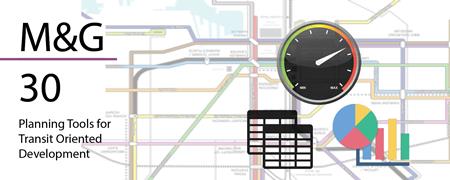The light rail service runs for 50 miles, connecting northern and southern suburbs and Baltimore City, and intersecting with the Baltimore Metro in Downtown Baltimore. The system has 33 stations with approximately 16,566 acres located within station areas. About one-quarter of that land is undervalued or vacant, setting the stage for TOD to occur.
Since the system was built in 1992, some development has occurred near stations, such as Hunt Valley in at the northern terminus, Woodberry in northern suburbs, and Mount Royal, Cultural Center, Lexington Market, Camden Yards in up- and downtowns. Yet, potential for a stronger connection between the light rail system and the surrounding land uses remains.
Since the light rail system was built along defunct railways, its station sites have had difficulty attracting investment. To help increase ridership and promote more TOD, the 2005 Westport Mount Winans Lakeland Master Plan was prepared to enable transit-supportive land uses.
Additional TOD station plans are needed to maximize the potential of the Baltimore Light Rail system, better integrate the stations with the surrounding communities, and improve the stations connection with other transit modes serving the area.
